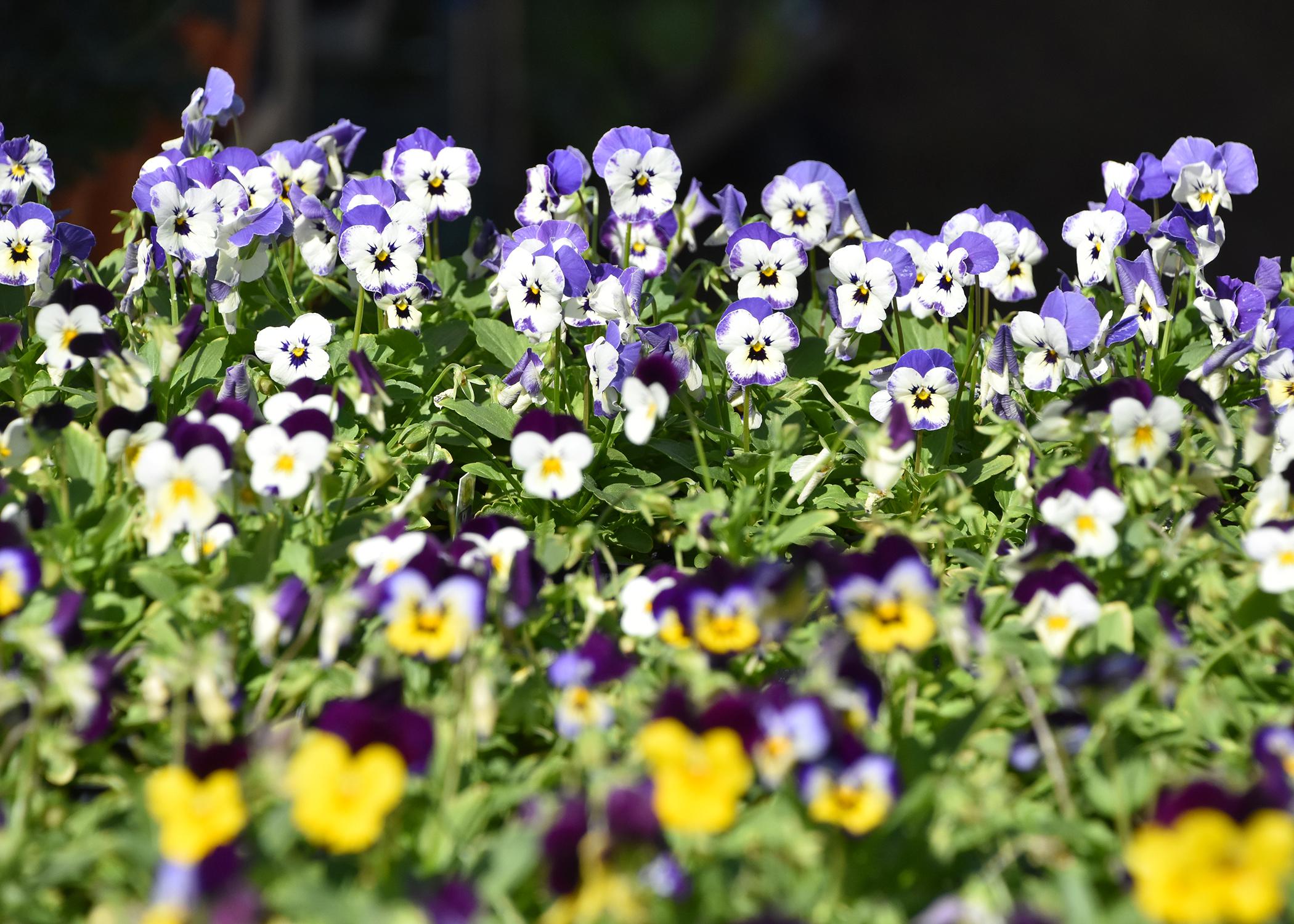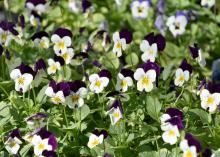Information Possibly Outdated
The information presented on this page was originally released on October 26, 2015. It may not be outdated, but please search our site for more current information. If you plan to quote or reference this information in a publication, please check with the Extension specialist or author before proceeding.
Plant violas before cold weather arrives
I talked last week about how pansies are perfect bedding plants for the cool season in our Mississippi landscapes and gardens. This week, I want to draw attention to the viola, another favorite cool-season bedding plant that is closely related to the pansy.
Most gardeners I know call violas by their common name, Johnny jump ups. They get this name because they are prolific seed producers. It seems wherever I have planted them in my yard, they continue to reappear for at least a couple more years.
Like their pansy cousins, violas are tough and tolerant of cold, winter weather. They make great choices for both the landscape and containers. In fact, violas will grow right through Thanksgiving and still be shining in the garden at Easter and beyond. I’ve seen many times when these plants have been even hardier than pansies.
Garden centers have quite a selection of violas right now, and their color palette seems to get bigger each year.
Two groups of violas that really can’t be beat are the Penny and Sorbet series. Both produce flowers in prolific numbers. The flowers are displayed high above the compact, lush, green foliage in a way that says, “Hey, look at me.” Plants are 4 to 6 inches tall and wide, and flower colors seem limitless.
Viola grow best in consistently moist, well-drained soil. Amend the soil with well-composted organic matter before planting. These plants prefer growing in the full sun.
Plant violas before cold weather sets in for best performance now and the following spring. Planting at this time allows the root system to become established. So if you want to grow violas this year, now is the time to plant. Apply a layer of mulch to help with overwintering, especially in north Mississippi.
Keep fertilizer at optimum levels to keep your violas blooming throughout the growing seasons. I like to add a couple of teaspoons of slow-release fertilizer to each planting hole to help keep the nutrition at optimum levels.
There is nothing lonelier than a viola planted by itself in a big flower bed. For the best landscape performance and display, always plant violas in big masses. Considering that most violas only spread up to 6 inches, allow just 6 inches between plants in the landscape.
Did you know that viola flowers are edible? They are good sources of vitamins, especially vitamins A and C.
The flowers make beautiful garnishes for salad and fruit plates, but don’t be fooled by their small size. The flowers impart a strong flavor and have been used to make syrup and flavored honey, as well as to add a spicy flavor to salads. In past years, I have been known to make a batch of viola flower wine. The floral notes of the finished product are refreshing the following spring and summer.
So plant some of these cool-season wonders now and enjoy their flowering show for months to come.




